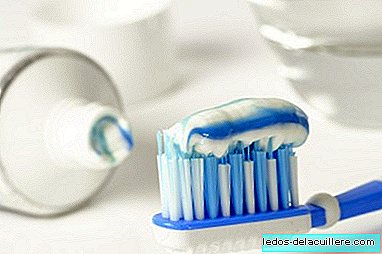
We have all heard of amniotic fluid, but it is always good to know more about it.
It is formed in the fourth week of pregnancy, the embryo has already nested in the walls of the uterus and begins to form the amniotic cavity, which will be filled with fluid. In the first trimester this liquid is an ultrafiltrate of the maternal blood plasma, but as of the twelfth week, the baby also intervenes with his urine.
From this moment it is gradually increasing and during the 18-20 week of gestation, 90% of the liquid is produced by your kidney. The fetus fills its bladder every half hour and empties it, thus renewing the liquid several times a day.
The composition of amniotic fluid It changes throughout pregnancy, it looks a lot like maternal plasma and the degree of salinity it presents is similar to seawater.
We also know that it protects the baby from external injuries, serves as a shock absorber and prevents damage to the pressure exerted by your own organs. It keeps you warm, at the temperature of your body, helps develop the lungs and even feeds it, since each swallow of the amniotic fluid provides your baby with ions and proteins.
It has been found that up to 10% of your child's protein needs are covered with the amniotic fluid he ingests. The maximum amount of fluid that can originate (1 liter) is from week 34 to 36, from week 38, it starts to decrease, that is why the gynecologist through ultrasound and manual examination, always Check the amount of liquid in your bag.
When the doctor notices that there is more or less liquid, you may have to do some more tests, as it may indicate problems in the placenta and requires medical intervention. In case there is a lot, you can determine that there are twins, diabetes or fetal malformations.
In case there is little, there is a clear danger, it may be due to a fissure in the bag or a problem in the baby's renal system. This can cause uterine infections or that the baby compresses the umbilical cord and the doctor may consider advancing the delivery.
Thanks to the amniotic fluid, malformations can be diagnosed, since it contains a large number of fetal cells, with these we can know the karyotype of the baby and know if he suffers from a chromosomal disease.
When you break waters it is important to check if the amniotic fluid is yellowish, if so, it is normal. In case it was greenish, you should urgently attend the hospital even if you do not have contractions, because that color is taken when the baby has made his first deposition, the meconium, and doctors should assess how your child is.












